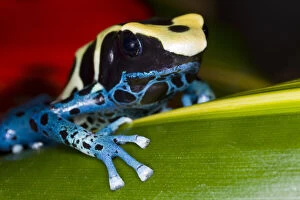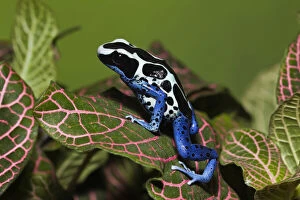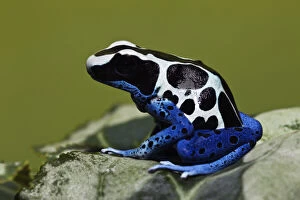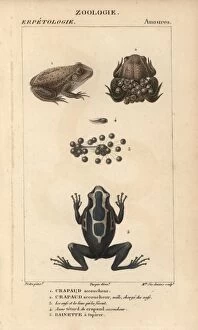Tinctorius Collection
"Tinctorius: Unveiling the Colors of Nature" In Picture No. 10750866, we are transported into a world of vibrant hues and natural dyes
All Professionally Made to Order for Quick Shipping
"Tinctorius: Unveiling the Colors of Nature" In Picture No. 10750866, we are transported into a world of vibrant hues and natural dyes. Amongst the captivating flora captured in this image, we encounter DDE-90038714, DDE-90038715, DDE-90038713, and DDE-90038712 - all part of an intricate tapestry that celebrates the art of dyeing. Field bur and Tribulus sylvestris stand tall amidst this botanical wonderland. These plants have long been used for their ability to produce rich pigments that can transform fabrics and materials into works of art. Their presence reminds us of the ancient traditions passed down through generations. Dyers weed or German greenweed (Genista germanica) adds its own touch to this chromatic symphony. Its delicate yellow blossoms bring warmth and brightness to any dyed creation, infusing it with a sense of joy and vitality. And then there is safflower (Carthamus tinctorius), a true star in the realm of natural dyes. With its radiant orange petals bursting forth from thorny stems, safflower has enchanted artists throughout history with its ability to yield intense reds and pinks when processed correctly. As we gaze upon these botanical treasures showcased in Picture No. Our minds wander through centuries-old dyeing techniques perfected by artisans worldwide. We envision hands carefully extracting colors from these plants' leaves, flowers, or roots – transforming them into precious liquids ready to breathe life into textiles. Tinctorius encapsulates not just a company name but also an ode to nature's palette – reminding us that beauty lies within every petal or leaf waiting patiently for discovery by skilled hands seeking inspiration from Mother Earth herself.














